6 Use Cases for Distributed Deep Learning
In the world of Big Data, decentralization is king. Seeing that today’s data sets are so large and complex that traditional database systems cannot handle them,
Integration is an indispensable aspect of modern software development. As software applications become more complex and interconnected, every component must work seamlessly together like a game of Tetris. This is where integration testing comes into play, allowing developers to test whether different parts of an application play nicely together.
This article will discuss what integration testing tools are, the types, benefits, and key features to look for when choosing one. Also, we will list the top nine integration testing tools, their main features, and how much they cost.
Integration testing tools are software tools designed to enable the creation of test scenarios, datasets, and test cases that simulate the expected integration behavior. They also automate the execution of these test cases and provide reporting and analysis of the test results.
There are various types of integration testing tools, and each of them follows one or more of the following types of integration testing:
There are other types of integration testing that focus on specific aspects of the software application and its integration, such as big bang Integration testing, regression integration testing, etc.
Integration testing tools offer several benefits that can significantly improve the efficiency and effectiveness of integration testing. Here are three key benefits:
When evaluating integration testing tools, you’ll need to consider the key features they offer. A great integration testing tool must:
Let’s round up the top tools you should know about.
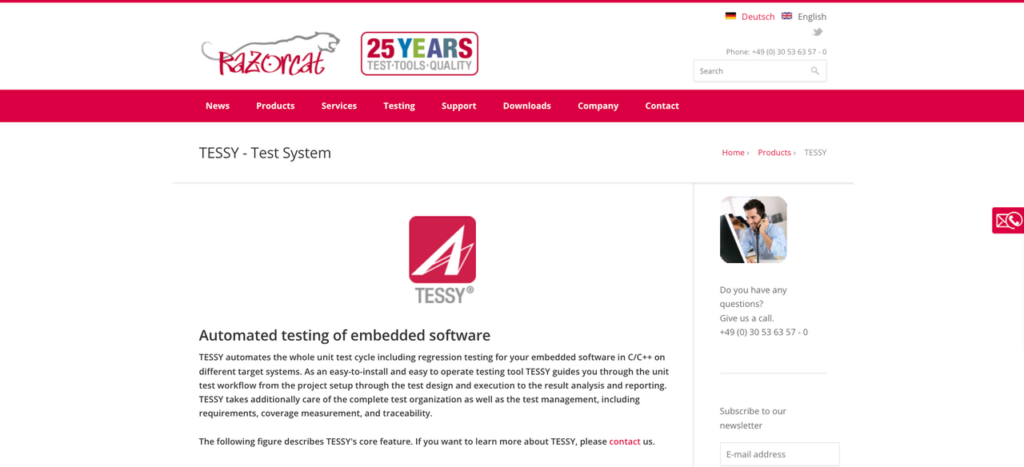
TESSY is a complete test system that performs automated dynamic integration testing of embedded software and determines the code coverage along the way.
Main features:
Best for: Embedded software systems.
Price: TESSY requires a valid license. You can request a license after installing and starting.
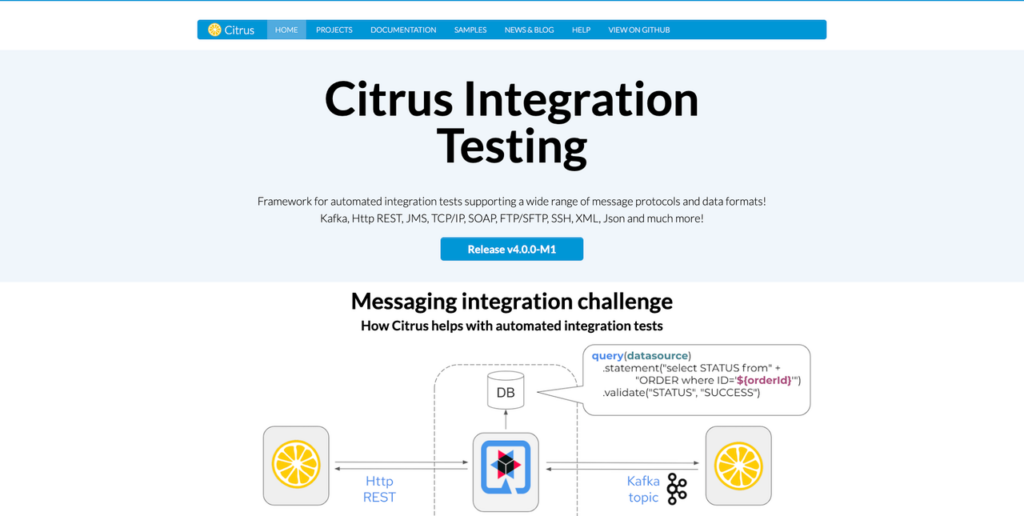
Citrus Framework is a Java-based integration testing framework that supports testing various messaging protocols and data formats, including HTTP, JMS, and FTP.
Main features:
Best for: Microservices testing and message-based system integration.
Price: The Citrus Framework is open-source, so it’s free.
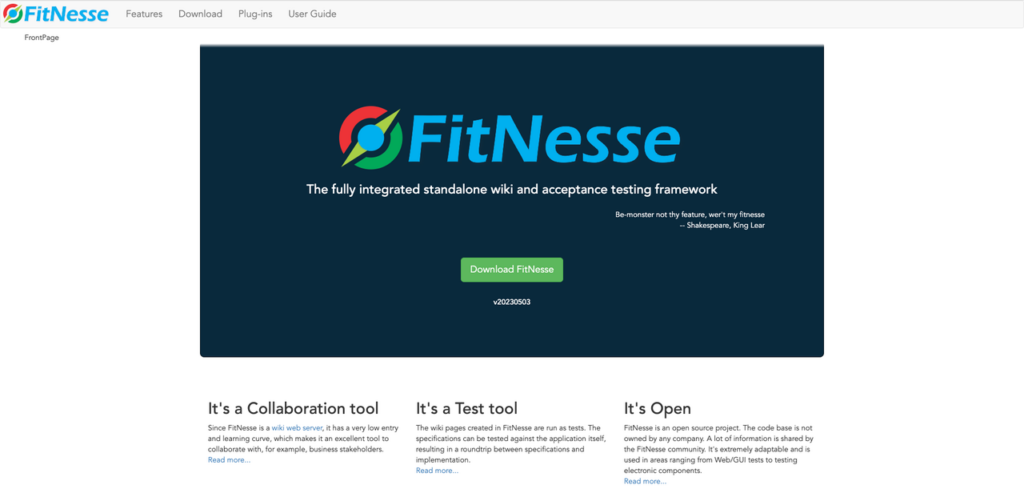
FitNesse is an open-source testing framework and wiki-based collaboration tool designed for software acceptance testing and documentation. You can also use FitNesse for integration testing, as it allows you to define test cases that cover the integration points between different components or systems.
Main features:
Best for: Collaboration among various stakeholders involved in software development.
Price: Open-source – another free tool.
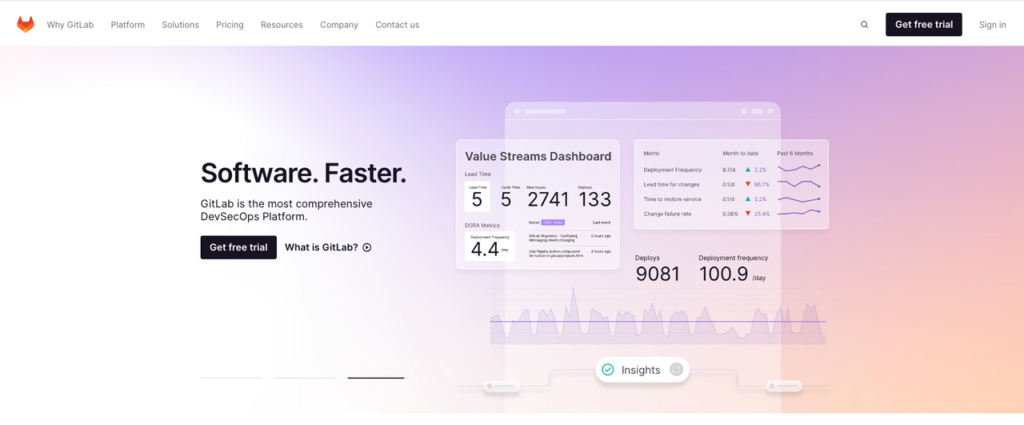
You can effectively incorporate integration testing into a GitLab CI/CD pipeline to ensure seamless integration and proper functioning of various components or systems. The steps to set up GitLab for integration testing can be summarized as follows:
Best for: Organizations that already use GitLab in their DevOps workflow.
Price: GitLab offers different pricing options based on the edition and the hosting method you choose. See its pricing page to learn about each option.
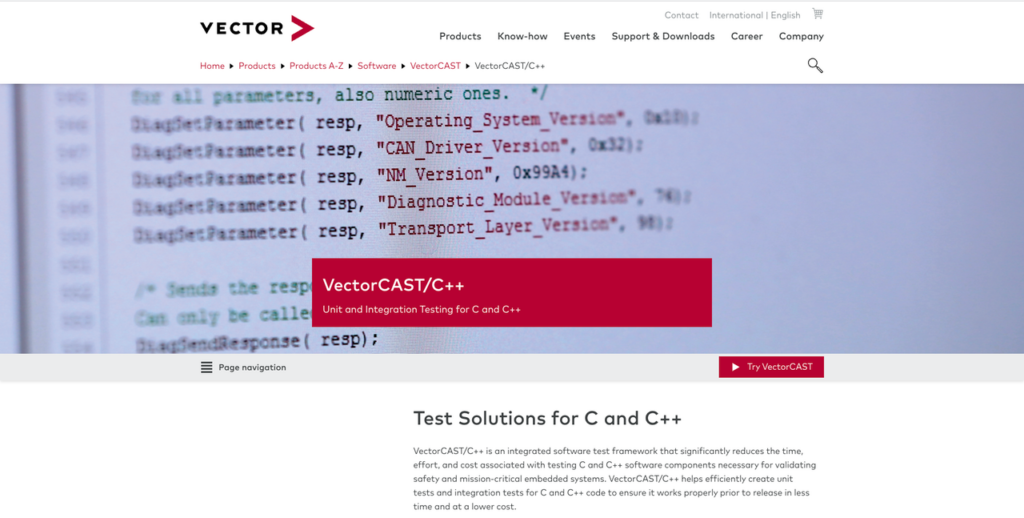
VectorCAST/C++ is a widely-used testing tool developed by Vector Software that facilitates unit and integration testing processes. With VectorCAST/C++, each software unit is tested separately to ensure they perform as planned and are independent. Then, these units are joined during integration testing to check all integrated modules work properly.
Main features:
Best for: Safety-critical industries such as aerospace, automotive, medical, and industrial control systems.
Price: By inquiry.
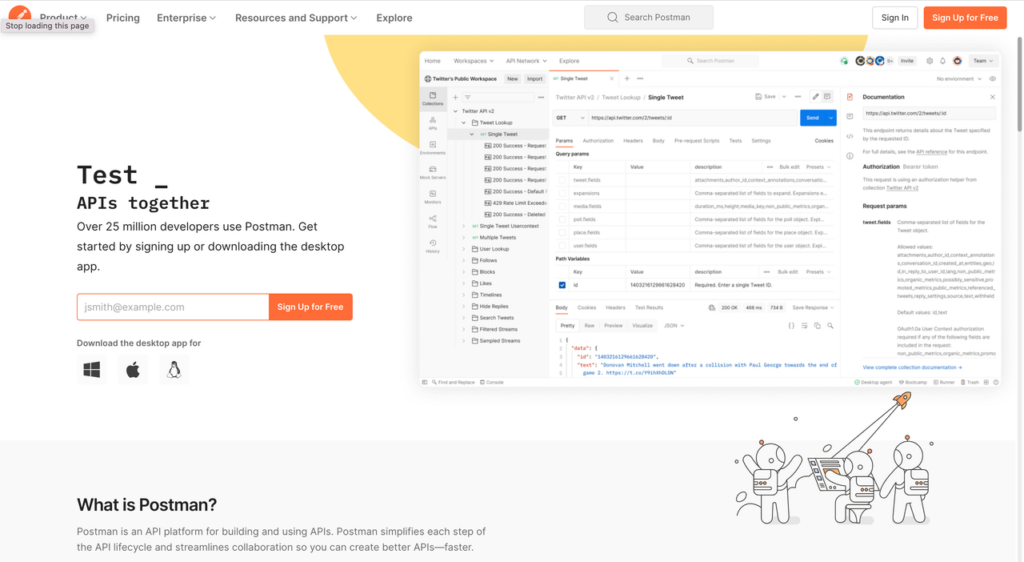
Postman is primarily known for its API testing capabilities, but it can also effectively support integration testing.
Main features:
Best for: Testing integrations of multiple APIs.
Price: It’s free at first, then the Basic plan is $12/user/month, Professional is $29, nd Enterprise is custom.
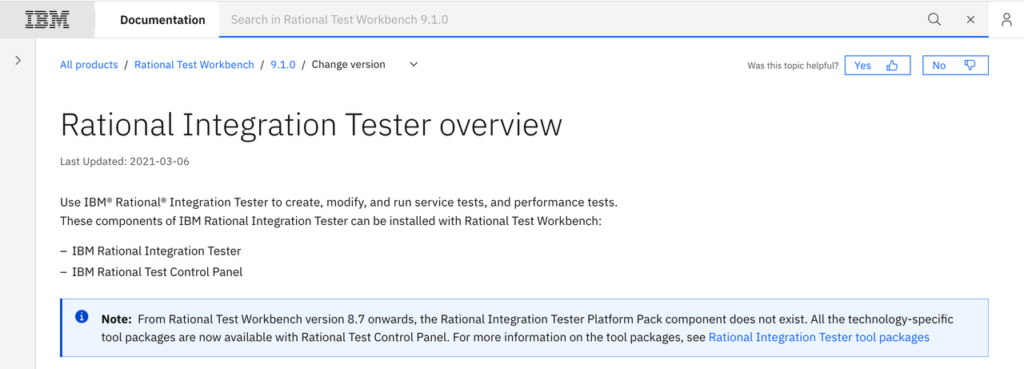
IBM Rational Integration Tester (formerly known as Green Hat Tester) is a comprehensive testing tool designed for the integration testing of complex systems.
Main features:
Best For: Complex integration environments and enterprises with a need for virtualization and comprehensive integration testing.
Price: By inquiry.
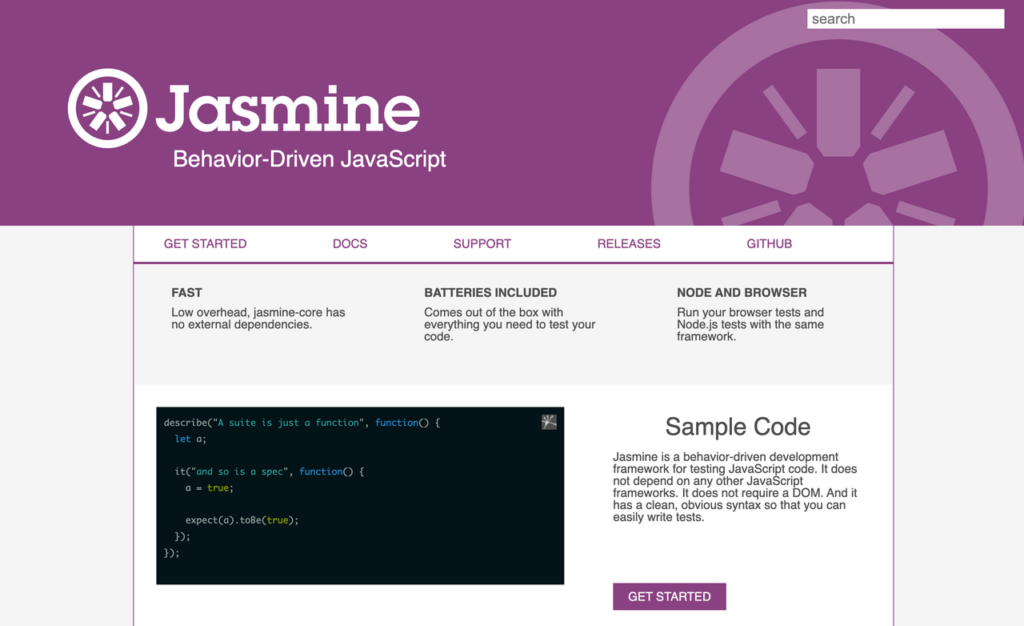
Jasmine is a popular behavior-driven development (BDD) framework for writing unit tests for JavaScript applications. While Jasmine is primarily designed for unit testing, it can also be used to some extent for integration testing.
Main features:
Best for: Testing JavaScript applications.
Price: Open-source and free.
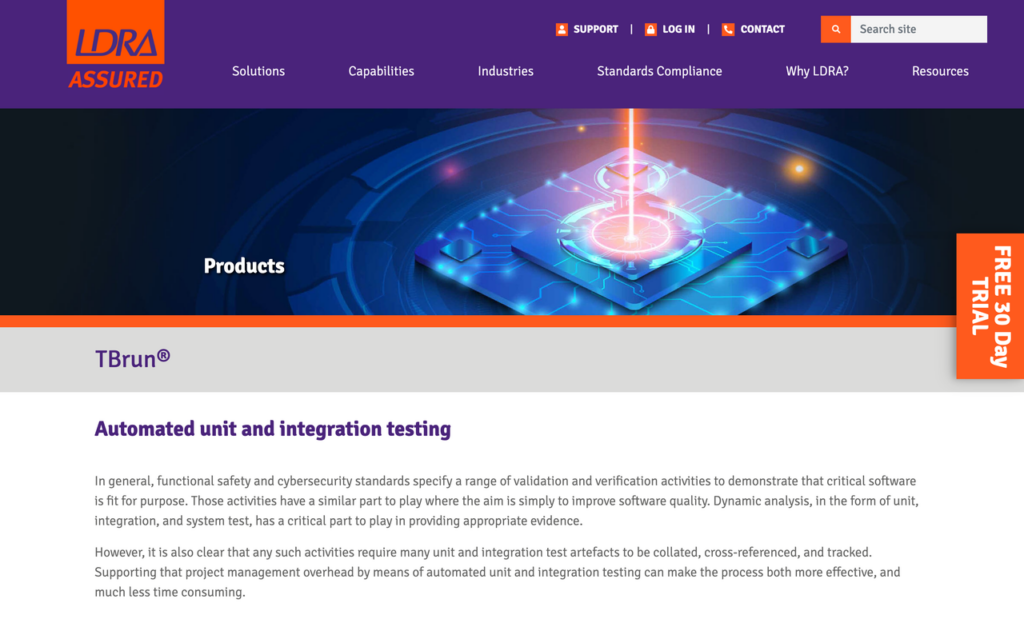
For more than 40 years, LDRA has been the market leader in software quality tools. LDRA provides integration testing through its TBrun tool.
Main features:
Best for: Testing embedded system software.
Price: LDRA offers a 30-day free trial to evaluate its tools set, and after the price is by inquiry.
While integration testing can help ensure that individual components of a software system work together correctly, it cannot guarantee code security on its own. You also need a powerful security scanning engine like Spectral.
Spectral helps developers to ensure code security without sacrificing simplicity and development velocity. Spectral’s scanning engine combines AI and hundreds of detectors to monitor, classify, and protect you from exposed API keys, tokens, credentials, and security misconfigurations at build time. Launch a free code scan and get started today to see Spectral in action.

In the world of Big Data, decentralization is king. Seeing that today’s data sets are so large and complex that traditional database systems cannot handle them,

No single organization can master all trades, which is why their success hinges heavily on their vendors. And if vendors are crucial for your business operations,

As cyber threats become increasingly advanced and complex, organizations are forced to adopt a military attitude of ‘war footing’ to secure their systems and servers. Although